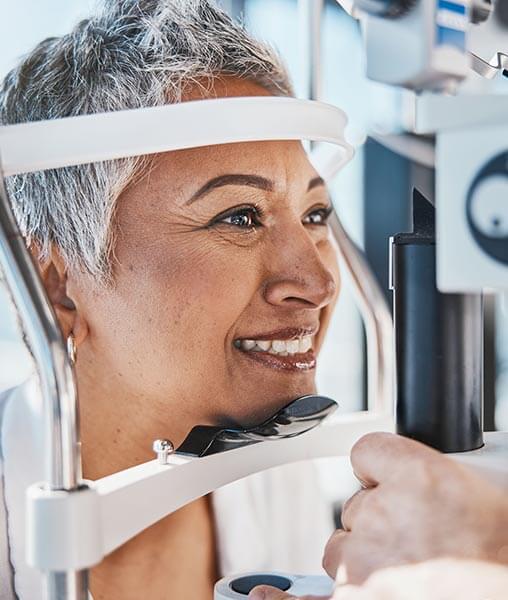Posted by: Albany Cornea | Center For Eye Care Excellence in LASIK

 Wearing eyeglasses is only a novelty for a short time. Some people can tolerate their eyeglasses for years, while others want to ditch them after their very first week of consistent use. When frustrations override the benefits of glasses or contact lenses, many people wonder if they should undergo LASIK. This laser vision correction surgery is conducted in the office, it requires very little downtime, and has been proven highly successful in most cases. Who wouldn’t consider it? More than whether or not it’s time for LASIK, what patients need to ask themselves is if LASIK is right for them.
Wearing eyeglasses is only a novelty for a short time. Some people can tolerate their eyeglasses for years, while others want to ditch them after their very first week of consistent use. When frustrations override the benefits of glasses or contact lenses, many people wonder if they should undergo LASIK. This laser vision correction surgery is conducted in the office, it requires very little downtime, and has been proven highly successful in most cases. Who wouldn’t consider it? More than whether or not it’s time for LASIK, what patients need to ask themselves is if LASIK is right for them.
A licensed ophthalmologist carefully evaluates the eyes to make sure the most appropriate treatment plan is developed. Some of the routine screenings for LASIK surgery include:
- Medical history. One of the first and most important steps in determining if you are a good candidate for LASIK is to discuss your medical history. The brief conversation that you have with your doctor must be completely honest to ensure the safest and most satisfactory outcome.
- Corneal assessment. LASIK surgery involves the reshaping of the cornea to correct nearsightedness, farsightedness, or astigmatism. To adequately reshape this part of the eye, the doctor must know how thick the cornea is and how steep the curve of the cornea is. Additionally, the cornea is examined for overall strength and the presence of disease or abnormalities.
- LASIK corrects refractive errors that make it difficult to see up close or far away. To properly plan surgery, it is necessary to measure the degree of the current prescription. This may be done several times to reach the most accurate measurement. For the best outcome from LASIK surgery, doctors typically like their patients’ prescriptions to be stable for the previous twelve months at least.
- Eye lubrication. Dry eye can be a temporary problem for some patients after LASIK treatment, or it can become a chronic frustration. Before this surgery, doctors perform a simple test to measure tear quality.
- Pupil size. Another potential side effect of LASIK is to see halos and glares, especially at night. Studies suggest that pupil size is a contributing factor for this risk. Measuring pupil size, doctors can consult more clearly with patients whose pupils are naturally large, indicating they are more likely to see these visual apparitions after surgery.
Learn more about LASIK and your candidacy for this procedure. Schedule a consultation in our Slingerlands, NY cornea care practice at 518.475.1515">518.475.1515.

